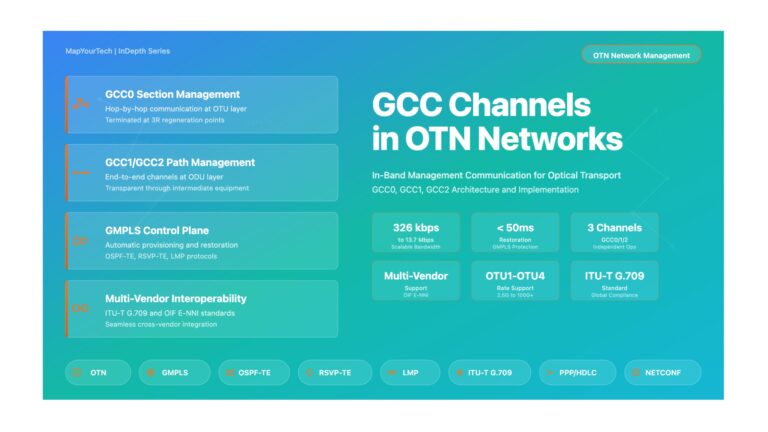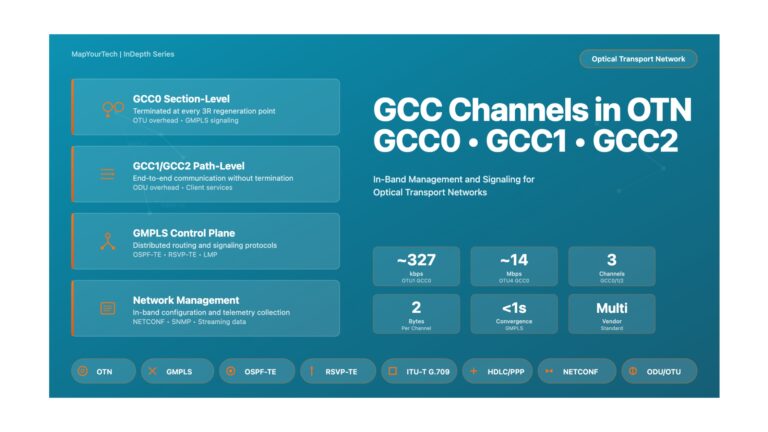CDC allows operators to future proof their network so they are able to optimize, scale and flexibly meet any future bandwidth demands.
- Directionless: for the ability to route a wavelength across any viable path in the network
- Colorless: for the ability to receive any wavelength on any port.
- Contentionless: eliminates wavelength blocking, allowing the add/drop of a duplicate wavelength onto a single mux/demux
- Flexible grid: for the ability to future-proof the network for any higher capacity channel that needs >50GHz spectrum
The CDC solution allows the operator to handle unpredictable A-Z services or temporary bandwidth demands over the full life of the network. Reconfigurations such as wavelength defragmentation and route optimization are also made possible to scale the network for support of more services. CDC also supports the transport of SuperChannels when these become available.
CDC can operate with photonic control plane for increased automation of operations as well as to support automated photonic restoration and other future capabilities.
Gridless networks are the evolution of photonic line systems to improve spectral efficiency and flexibility.i.e
- Improved spectral efficiency with existing 40G/100G technology.
- Define a super channel that has multiple sub-channels within it, in order to fit the same channels in a smaller region of spectrum.
- Support higher line-rate transponders.
- In order to get the same reach/performance from 400 Gb/s and 1 Tb/s transponders we have no choice but to increase the spectral width of these signals well beyond 50GHz or even 100GHz spacing.
Unlock Premium Content
Join over 400K+ optical network professionals worldwide. Access premium courses, advanced engineering tools, and exclusive industry insights.
Already have an account? Log in here



